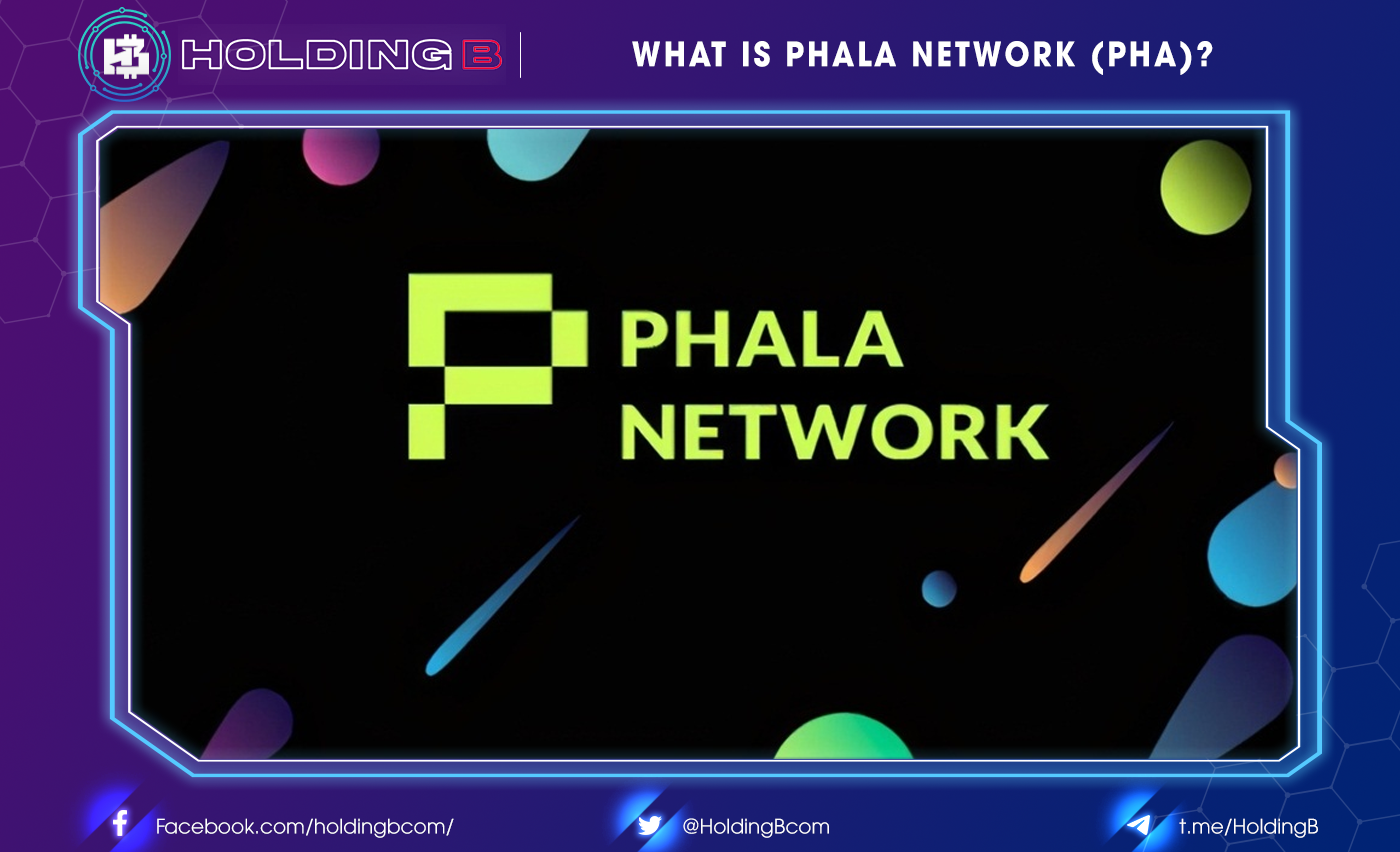What is Phala Network ?
Phala Network is a privacy-preserving cloud service, based on Substrate and will act as a Parachain of Polkadot ecosystem to provide computing power equivalent to existing cloud services and protect the privacy of managed programs.
Phala is known for its exceptional security feature and its innovative “Blockchain + security” architecture. However, data privacy is just one of the basic features mentioned of Phala Network. Phala Network’s vision is to be the world’s largest P2P computing network i.e. a standard decentralized computing cloud based on Web3.0
What problem does Phala Network solve?
Most cloud computing services today are managed by large corporations, which can be seen as lacking in decentralization leading to many limitations for users.
One of the main problems that Phala Network seeks to eliminate is this centralization. The Phala network leverages a decentralized network of compute nodes to provide low-cost, high-performance decentralized storage and data processing without depending on any cloud provider.
Highlights of Phala Network
- Extensibility and interoperability
Built on Polkadot’s Substrate, blockchains will be easier to build and will benefit from Polkadot’s features like interoperability and scalability with other blockchains. Furthermore, the network’s technical structure ensures low latency and high network security.
- Security capabilities
The data processed by cloud computing systems is rarely isolated from attacks because it is not processed in hardware secure areas. The Phala Network is based on the TEE-Blockchain architecture. The TEE is a separate hardware component that can operate in secure areas and is completely independent of the operating system and other core components. It has its own registers, buffers, and encrypted memory areas. Phala combines TEE and blockchain to form a secure and efficient distributed computing cloud that benefits from both technologies.
*TEE (trusted execution environment) is a secure area of the main processor of the CPU. It ensures the code and data loaded inside are protected for security and integrity.
Phala Network Structure
In Phala Network, there are three types of entities:
- Client: works on normal devices without any special hardware requirements;
- Worker: works on TEE (Trusted Execution Environment) and acts as compute nodes for secret smart contracts;
- Gatekeeper: operates on the TEE and acts as the main authority and manager;
The image below visualizes the interactions between Phala’s entities:
The basic design of Phala Network is to ensure the security and secrecy of the blockchain and its smart contracts. However, with more security enhancements, Phala Network can resist advanced attacks.
The potential of Phala Network
With the ability to be seen as a security layer for developers of Web3.0 projects, hopefully the project will have a strong breakthrough with this trend.
Token PHA
Phala Network’s native token will be PHA.
*Token Use Case:
Tokens used:
- Confidential computing resources: Buy trusted computing resources in the network and exchange data (e.g., reliable computing power, on-chain compute and storage resources, and off-chain storage) using tokens PHA
- Native token for confidential contracts: Phala provides a contract-based data exchange infrastructure for standardized data collection, analysis, and transaction protocols. With Phala’s protocol, a confidential yet trusted exchange ecosystem is built for both buyers and sellers.
- Security guarantee: Gatekeepers must stake a certain amount of PHA tokens, which can be cut for misconduct.
- Governance: Stakeholders who own a certain amount of PHA can join Phala DAO in community governance.
- Other payments: Payments for other services or products, such as Web3 Analytics, cross-chain bridges for chains are not allowed.
*Token Metrics
- Key Metrics PHA
- Token Name: PHA token
- Ticker: PHA
- Blockchain: Ethereum
- Token Standard: ERC-20
- Contract: 0x6c5ba91642f10282b576d91922ae6448c9d52f4e
- Token type: Utility
- Total Supply: 1,000,000,000 PHA
- Circulating Supply: 137,125,000 PHA
*Token Allocation
The total supply will be divided into 5 parts as follows:
- TEE Mining: 70%
- Token Sale: 15%
- Airdrop: 9%
- Team Reward: 5%
- Reward for Testnet: 1%
How to get PHA
- Contribute your TEE computing power: Any TEE-compatible device can become a privacy computing node. To bootstrap a trustless distribution cloud, the incentives to computing nodes account for 70% of the PHA supply.
- Become a Gatekeeper: Gatekeeper is a vital role to the Phala network. The gatekeeper is responsible for block producing and key management, which is an important way to ensure network availability under any circumstance.Gatekeepers are supposed to be elected by the PHA token holders with NPoS, and should also run as a collator.
- Become a Nominator: Nominating is one of the main ways to participate in Phala Network to obtain rewards PHA . Every Gatekeeper candidate has to be nominated to become a Gatekeeper. Nominators add their stake to the Gatekeepers they endorse, and share the Gatekeepers’ block rewards.
- Support Phala Network: to become a parachain with your DOT or KSM
- Trade on markets: Mua bán trên các sàn CEX và Dex. Binance, Huobi, OKEx, Kucoin, Gate, Uniswap, 1inch
Don’t forget to follow useful articles about Crypto Market from team Holding B !!!
- Telegram Channel: https://t.me/HoldingBcom
- Telegram Group: https://t.me/HoldingB
- Website: https://holdingb.com/
- Twitter: https://twitter.com/HoldingBcom
- Facebook: https://www.facebook.com/holdingbcom





